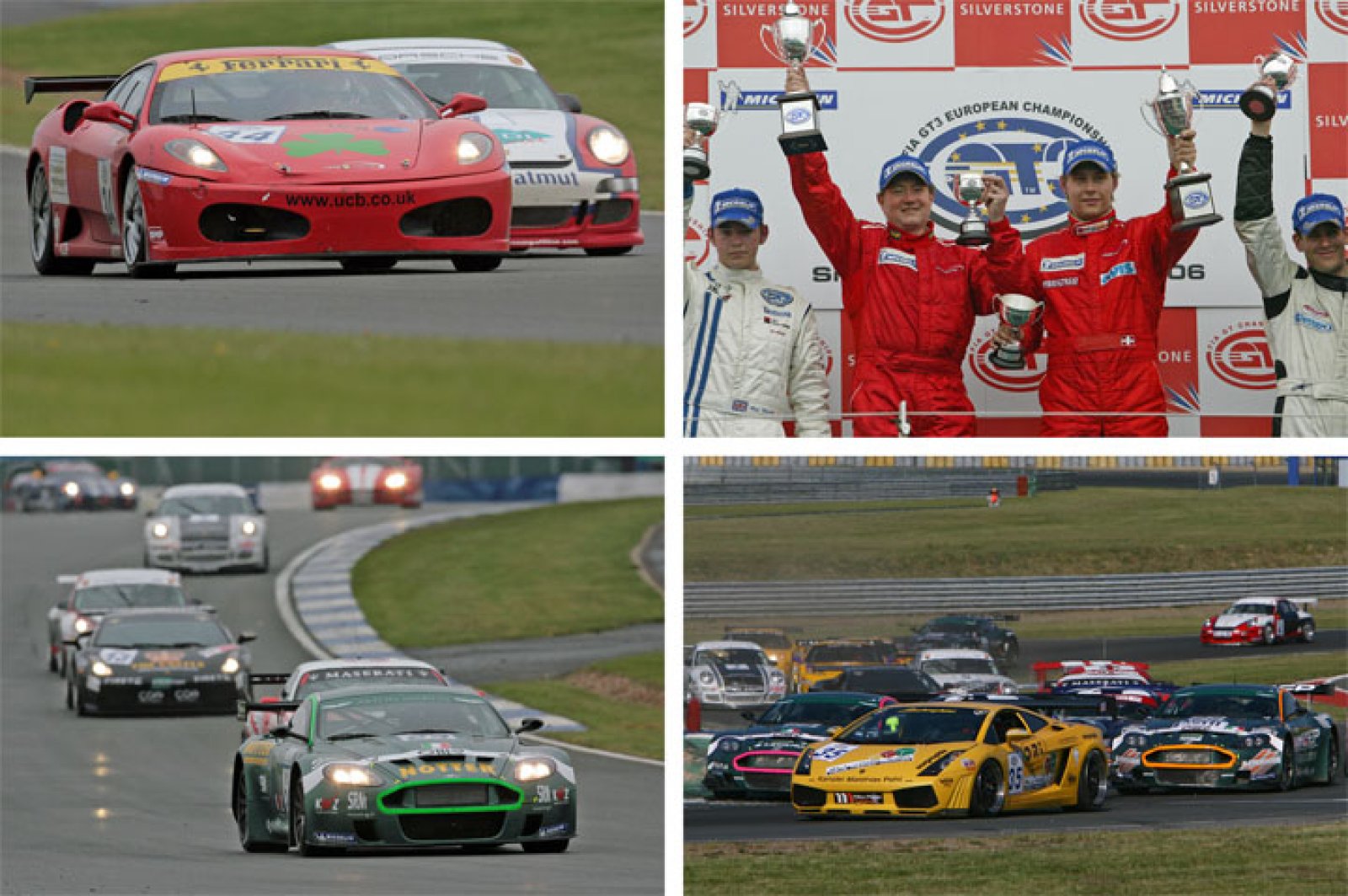At the end of 2005, SRO Motorsports Group founder and CEO Stephane Ratel introduced the FIA GT3 European Championship, together with FIA President Max Mosley. The championship was created to give manufacturers an opportunity to increase their involvement in motorsports, as well as helping amateur drivers across Europe. It tried to combine multiple one-make series into one larger event with a race within a race. Teams were not only trying to beat others in their own manufacturer cup, but were also vying for the overall win.
The championship, which at first served as a support race series for the European rounds of the FIA GT Championship, was organised according to the new GT3 homologation rules established by the FIA. Those rules included an extensive Balance of Performance-system to make cars more equal, and provided competition for more amateur racers in closer to production cars. It also included the first prototype of driver categorisation, which became the now-familiar Platinum, Gold, Silver and Bronze in 2007.
The formula proved to be an overnight success. A grand total of 51 cars signed up for the inaugural season, 42 of those participated in the first meeting at Silverstone, on May 6th-7th 2006. At that first meeting no fewer than eight manufacturers were represented: Ascari, Aston Martin, Corvette, Dodge, Ferrari, Maserati, Lamborghini and Porsche.
The first qualifying session, topped by former FIA GT Champion Klaus Ludwig, was an immediate proof of the immense potential of the GT3 rules: there were six different cars in the first six places, all within the same second. The first race was a textbook example of how exciting motor racing can be. On a drying track there were plenty of door-to-door duels, with Ferrari-driver Allan Simonsen taking a starring role in the final laps. The late, great Dane overtook several cars in a lap to claim to first ever GT3 win in the JMB Racing Ferrari he shared with Hector Lester, beating the Tech 9 Porsche driven by Dimitri Deverikos and another young talent taken too soon, Sean Edwards.
With the GT3 formula proving to be popular with teams, drivers, manufacturers and fans alike, Stephane Ratel applied the same principles - albeit with an SRO developed Balance of Performance - to create the Blancpain Endurance Series in 2011. It proved to be an even bigger success, with SRO's ruleset receiving world-wide acclaim. The current Balance of Performance-system is applied in championships in Australia, Japan and the United States, while the FIA Driver Categorisation is adopted by series around the world. With the creation of the Intercontinental GT Challenge, the first global series in the 10-year history of the discipline, GT3 racing has come a long way.
Stephane Ratel (Founder and CEO SRO Motorsports Group): "With over 50 cars entered for the first season it was clear that GT3 was a successful formula right out of the box. It immediately showed potential for growth. On this 10-year anniversary of GT3 I would like to thank the founding members, the men who were the key contributors who gave life to the first generation of GT3 cars. Hans Reiter for the Lamborghini, the late Loris Kessel and Jean-Michel Bouresche for the Ferrari, Toine Hezemans and Ernst Wöhr for the Corvette, Jack Leconte who helped me to bring the Dodge from America, Klaas Zwart for the Ascari, Frédéric Dor for the Aston Martin, Jean-Pierre Jabouille for the Morgan, Andy Bovensiepen for the Alpina and the late Martin Bartek for the Ford. These are the men who created GT3, even if the category only became a global success when manufacturers such as Audi embraced the GT3 formula. On this day my thoughts are also with the families of Allan Simonsen and Sean Edwards, first and second in the very first GT3 race."
______
Note to editors
To commemorate the tenth anniversary of the first GT3 race, a plaque will be unveiled on the grid of Sunday's Main Race at the Brands Hatch round of the 2016 Blancpain GT Series.
_____

